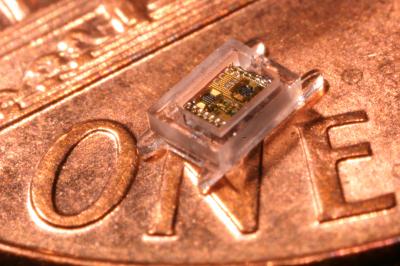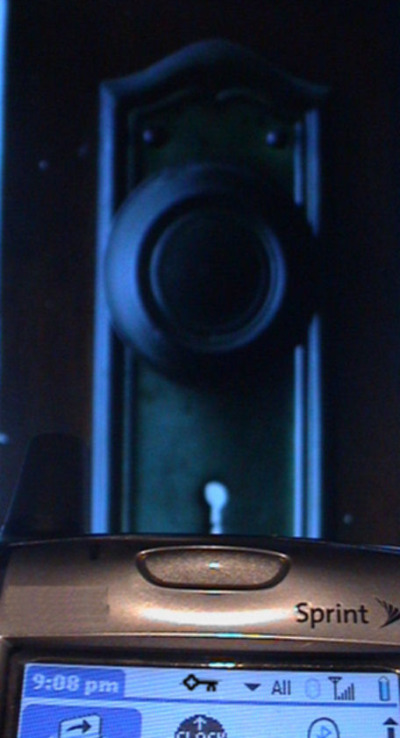FaceBook's IPO, The End Of The Social Web Or The End Of The Beginning Of The Social Web?
 Tuesday, November 29, 2011 at 11:26AM
Tuesday, November 29, 2011 at 11:26AM FaceBook's announcement of a possible IPO next year is largely seen as the defining moment for the social web. Will going public and thereby having to transparently report and justify activity in every corner of it's business change FaceBook's approach to innovation? The thrust and parry cycle of privacy incursion and backlash backpeddling will have to change in some way as FB goes public. It is this cycle that in part powered the success of FaceBook, moving large enough numbers of people into the social web as we know it(and a certain subset of users off FaceBook). Transparency and the influence of Wall St., could make the company hesitant, possibly hardening now fluid UI features(and privacy policies) into dependable, Ad earnings friendly utilities. It will be interesting to see what kind of floor and/or ceiling develops for others in the social web as FaceBook's stock price weighs in on every change to their product. FaceBook will now have a more complex balancing act. The tradeoff between probing our willingness to give up more and more personal information in exchange for greater connecteness, will now have to compete with responsibilities to shareholders.
If we see a solidifying of features post IPO, FaceBook will have provided a line in the sand, a before and after period, much like the moment the Telephone or Radio made enough of an impact to change everything going forward.
 social facebook IPO in
social facebook IPO in  social networking
social networking 


